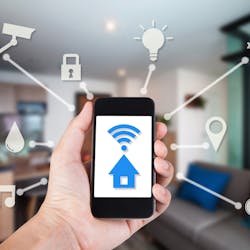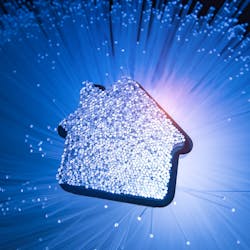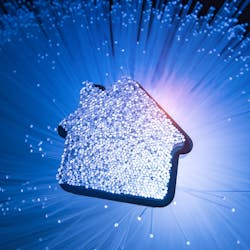According to Parks Associates, consumers' value assessment of smart home solutions jumps considerably once they own such products, highlighting the difficulty in communicating value propositions for these solutions. The research house says 75% of smart home device owners find their devices very valuable, compared to only 38% of people who don't own such devices but nevertheless consider them very valuable.
"Smart home device owners are generally satisfied customers. They are twice as likely as non-owners to recognize the value of smart home devices and home control systems, and owner NPS scores for a wide variety of device types are on the rise," said Brad Russell, research director, Connected Home, at Parks. "At the same time, the value of emerging technology is often hard for consumers to grasp intuitively. That's why referrals from friends and family are one of the leading purchase influencers. In order for devices to achieve mass adoption, consumers need to experience them 'out of the box' and in real-life settings."
Parks says smart home offerings are still primarily in the province of early adopters and innovators. Strategies to increase consumer interest include more advertising, marketing, and messaging. While recommendations by friends and family are the leading influencers driving a brand selection, it is one of several strong factors that motivate consumers to buy a particular smart home brand.
"Reasons for a smart home purchase vary widely, so companies need to employ a multipronged strategy in employing influencers and communicating the benefits of smart home solutions," Russell said. "On the plus side, the positive response among smart home owners points to a strong opening for future sales. Manufacturers must develop processes for upselling and cross-selling and roll out complementary solutions in order to sell multiple products to these enthusiastic households."
Other findings indicate:
- Smart thermostats are in 11-13% of US broadband households, with IP cameras in about 10%.
- Smart speakers with voice assistants have continued their growth, with adoption increasing from 3% in 2016 to 31% at the end of 2018.
- As of Q4 2018, nearly one-third of broadband homes have a connected device that can be remotely accessed or monitored.




